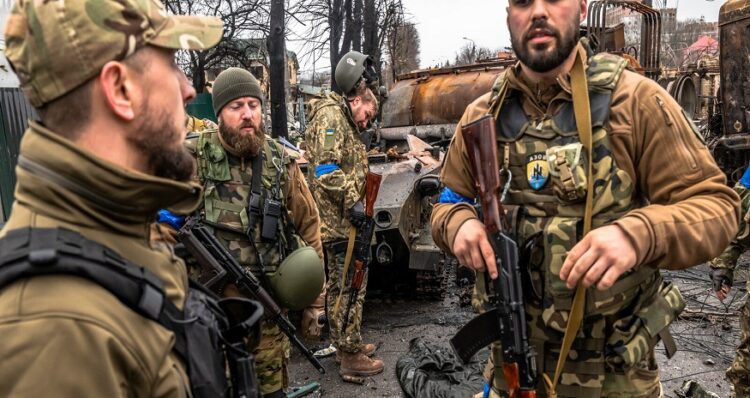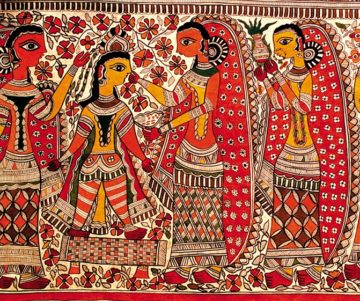
The Most Brutal War Crimes in History
admin | May 23, 2022 | 0 | Lifestyle
Sorting out the worst of the worst-the most brutal war crimes in history. Fighting quotes on war crimes. Is the list complete? It has yet to be determined. Yet it contains the most brutal, horrific, and heartbreaking war crimes throughout history.
Nanking Massacre
The Nanking Massacre, also known as the Rape of Nanking, was a mass slaughter of Chinese civilians and disarmed combatants by Japanese troops that occurred from December 1937 to January 1938. During this period, when the city was known as Nanjing, China’s capital, it was the scene of a six-week conflagration in which anywhere between 40,000 and 300,000 Chinese civilians were killed by Japanese soldiers. The event remains controversial with respect to both its causes and its death toll.
The massacre began on December 13, 1937, upon the capture of Nanjing by the Imperial Japanese Army (IJA). The following day, after the fall of Nanjing’s city center to Japan’s 11th Army Division under General Iwane Matsui on 13 November 1937 during the Battle of Shanghai, Imperial General Headquarters authorized the commander-in-chief of the Central China Expeditionary Army Group to begin preparations for the “punishment” of war criminals without regard for military or international law. In late November 1937, General Matsui had been appointed Chief-of-Staff at Central China Expeditionary Army Group Headquarters in Shanghai and he was present during much of the early fighting in Shanghai’s suburbs. After the fall of Nanjing, General Matsui was relieved of his duties as Chief-of-Staff at Central China Expeditionary Army Group Headquarters and he was placed in command of the 11th Army Division. He remained in Shanghai until December 1937 when he was recalled to Japan.
The Holocaust
The Holocaust was a genocide that occurred under Adolf Hitler’s leadership. It started in 1933 and lasted until 1945. Millions of people, primarily Jews, were killed during this time period.
The Holocaust was the mass murder of millions of Jews by Nazi Germany during World War II. The word holocaust comes from Greek words: holos (whole) and kaustos (burned). During World War II, Hitler and his henchmen were responsible for the deaths of 6 million Jewish men, women, and children as well as other petty criminals such as homosexuals or gypsies. These people were sent to concentration camps where they were tortured until they died from starvation or executed immediately if they attempted to escape from labor camp work conditions.
Hitler began planning for what would become known as “the final solution” after he came into power in 1933 but did not actually begin implementing such policies until 1939 with an order called “Himmler’s Diary,” which required all males between the ages of 18-25 to serve two years in military service before being transferred back home again which effectively gave him 10 years worth of time before anyone could notice anything wrong happening around them.
My Lai
In 1968, a U.S. Army platoon led by Lieutenant William Calley massacred hundreds of civilians in the South Vietnamese hamlet of My Lai. The massacre was uncovered by journalists and investigated by military officials, leading to the arrest of 24 soldiers. Only Calley was found guilty and sentenced to life in prison; his sentence was reduced to 20 years under house arrest.
In August 2014, a group of veterans and civilians petitioned President Barack Obama to pardon Calley, arguing that he had been scapegoated for actions carried out by others in a war zone where civilians were often killed indiscriminately.
Khmer Rouge Killing Fields
The Khmer Rouge was a communist group that ruled Cambodia from 1975 to 1979. During their rule, they had a policy of forced labor and agricultural collectivization. They also killed anyone who opposed them or even showed signs of dissent against their policies.
By the end of the regime, about 1.7 million people had died from starvation, execution, and torture.
The majority of these deaths occurred during the first three years after they took power. From 1975 to 1978, when they ruled as an autonomous government in Cambodia (known as Democratic Kampuchea), approximately 1 million people were executed or starved to death when forced out into the countryside where there was no food available for them to eat; another 2 million people died because they were unable to find adequate water or shelter; hundreds more thousand fled across borders into Thailand where they faced further hardships due to lack resources like clean water access.
Siege of Leningrad
In 1941, the German Army laid siege to Leningrad. The Soviet Union’s second-largest city was cut off from all supply lines and many residents suffered starvation or froze to death. The Nazi forces used their superior numbers to surround the city, cutting it off from the rest of its country.
In order to escape the hellish conditions inside their homes and survive long enough until help arrived, many people ate grass and dogs (and even rats). They also drank water from sewage pipes after boiling it with coals from their fireplaces. Others escaped by going into hiding in basements or makeshift shelters under piles of rubble, some of which were found alive more than a decade later, or even swimming across Lake Ladoga on thin pieces of wood in an effort to find food outside the city walls.
The Germans entered Leningrad on September 8th 1942 but they couldn’t take full control until January 1943 because they couldn’t break through Soviet defenses at certain areas like Malaya Okhta where hundreds died defending this area against German attacks during December 1942 by using Molotov cocktails which consisted of gasoline mixed with other flammable liquids such as benzene or kerosene poured into bottles filled with rocks then thrown at tanks as well as hand grenades tossed into holes dug out underneath tanks for soldiers within these tank divisions were recruited from Russia’s penal system since most military recruits needed experience fighting before being considered qualified enough for service; sometimes those convicted would be offered parole if they agreed not only serve but also fight against their countrymen who were allied with their own nation’s enemies; these convicts were given weapons after being converted into soldiers so that they could defend themselves against enemy attacks during battle.
Atomic bombing of Hiroshima and Nagasaki
The atomic bombing of Hiroshima and Nagasaki, Japan, in August 1945 was one of the most brutal war crimes in history. It was also one of the most consequential acts in human history; it ended World War II and ushered in the nuclear age.
The bombs dropped on Japan were nicknamed “Little Boy” and “Fat Man.” They were dropped by American B-29 bombers over two cities after President Harry S. Truman decided that using them would end World War II quickly and save lives. The United States had been planning to use them for years before Truman’s decision, but he gave the go-ahead after receiving a report from Manhattan Project chief scientist J. Robert Oppenheimer on July 25, 1945: “We are all agreed that [the bomb] will work.”
The bombings killed more than 100,000 people immediately, at least 70,000 died in Hiroshima alone, but their effects have lasted for decades longer than that. The long-term effects of radiation exposure have led to many deaths among survivors today.


